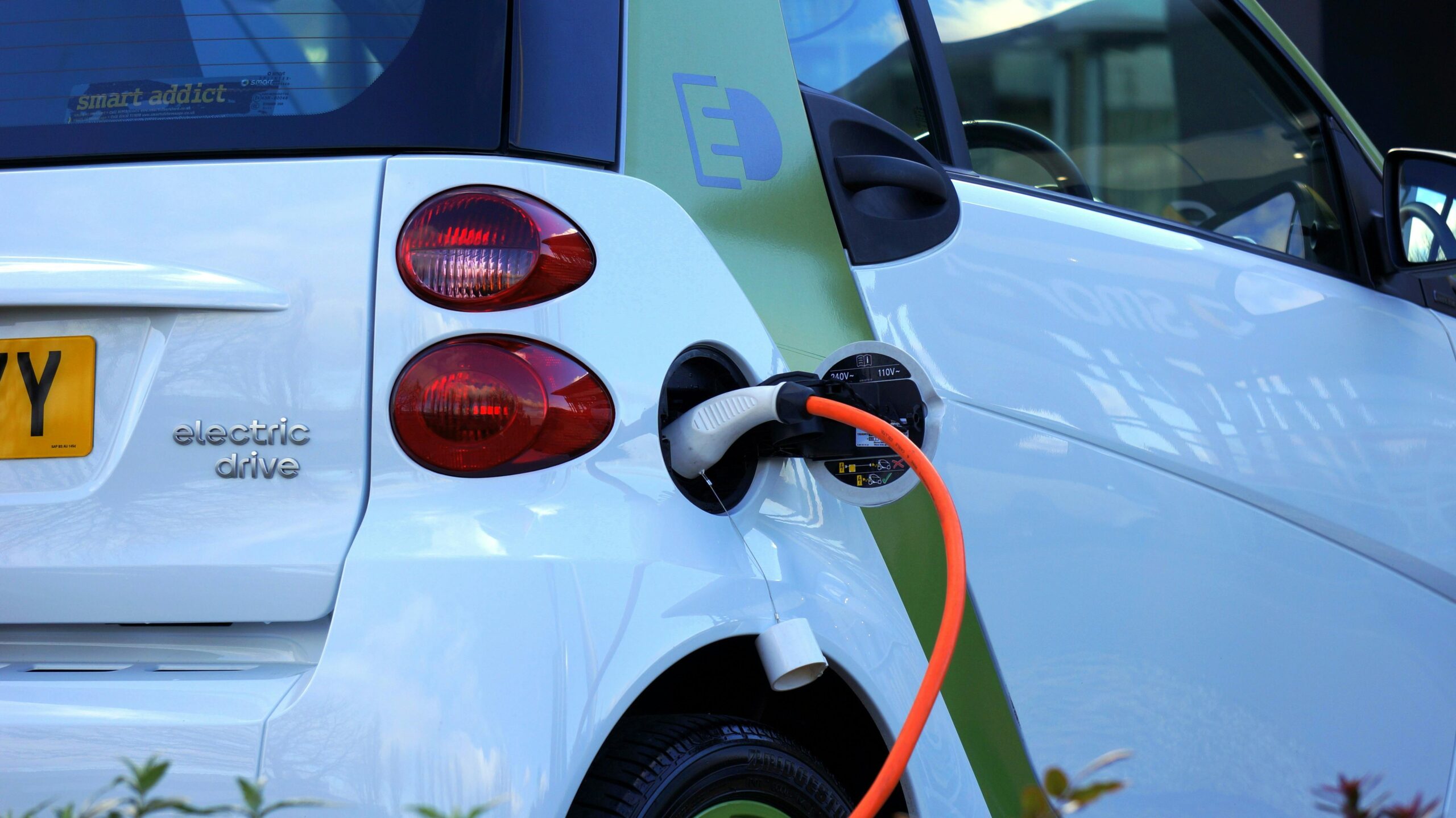Whip out the spandex and get ready to do the electric slide – the electric boogie has made its way to your car. The electric vehicle (EV) revolution is accelerating, with global sales hitting record highs year after year. As governments push for net-zero emissions and automakers pledge to phase out gasoline-powered cars, the demand for EV charging infrastructure is skyrocketing. But is the utility sector prepared for this rapid shift?
The EVolution Needed For Chargers
Though some may still believe that EVs are reserved for a certain lumber-loving group, EVs are officially mainstream. With millions of EVs hitting the roads, the need for reliable, widespread charging stations is critical. Utilities play a central role in this transition, as charging stations require a stable and sufficient power supply. But challenges remain, including:
- Grid Capacity: Can existing power grids handle the increased demand from EV chargers, particularly during peak hours?
- Infrastructure Expansion: Many regions lack enough public charging stations, slowing adoption rates.
- Renewable Integration: How can utilities ensure that the increased electricity demand aligns with clean energy goals?
The EVidence Is In The Pudding
Now is the time to invest in grid modernization, such as smart grids and AI-driven demand forecasting, to efficiently distribute energy. Additionally, policies around demand charges and time-of-use pricing will determine whether utilities can balance supply and demand effectively.
Solutions and Innovations
To support the growing EV market, utility providers are implementing several key strategies:
- Smart Charging: Encouraging off-peak charging through dynamic pricing models.
- Vehicle-to-Grid (V2G) Technology: Allowing EVs to send stored energy back into the grid, helping stabilize supply fluctuations.
- Infrastructure Upgrades: Expanding high-speed public charging networks, particularly in underserved areas.
- Renewable Energy Integration: Pairing charging stations with solar and wind energy sources to reduce carbon footprints.
“EVentually” Needs To Be Today
Utilities are at a crossroads—either they invest in the infrastructure necessary to support EV growth, or they risk power shortages and inefficiencies. Governments, businesses, and utility providers must work together to ensure that the EV revolution is backed by a resilient and modernized power grid.







